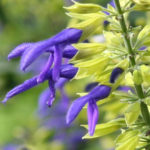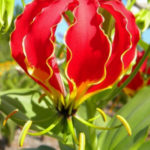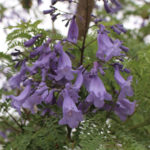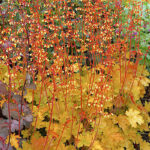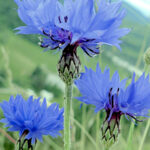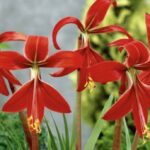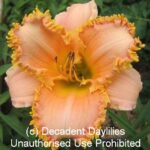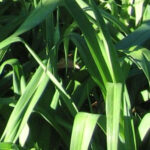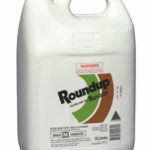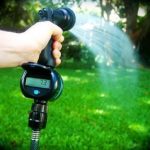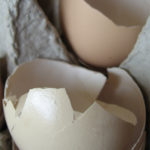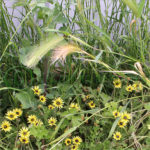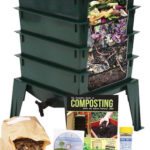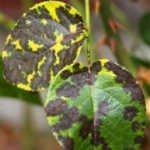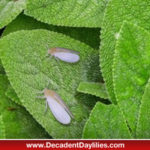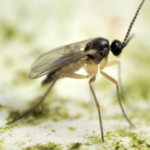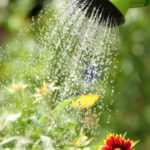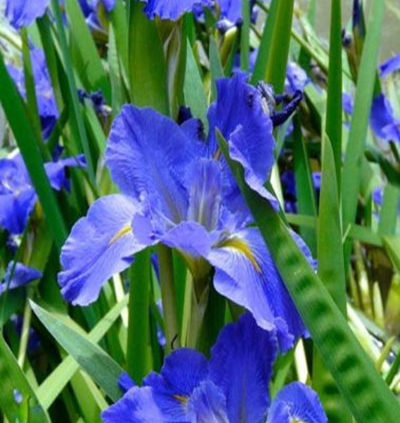
Louisiana Iris Growing Water Irises
Planting Louisiana Iris in a Pond or Garden Soil
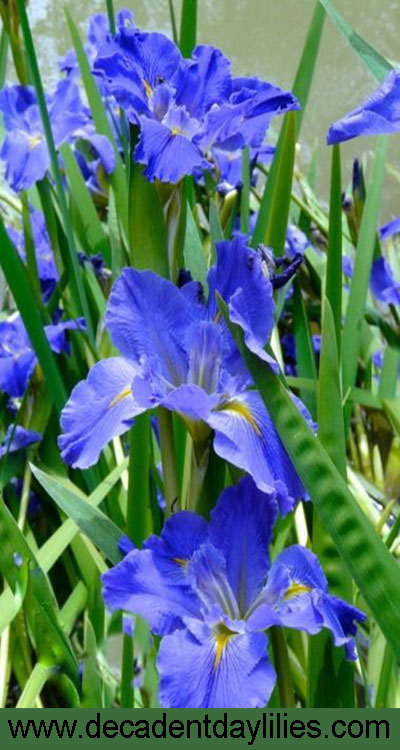
Louisiana Irises have a straightforward garden culture. While these irises do have a few preferences, generally they are easy to please. In Australian gardens, Louisiana Iris can be grown in several ways.
What is a Louisiana Iris
Louisiana iris are water iris plants native to the Louisiana swamps in the United States. They are easy to grow throughout Australia. Louisiana Water Iris is a rhizome grown clumping, circular plant with tall thin sword leaves that have up to eight flowers per flower stem at one time. Grows best in 5cm deep water, they also grow and bloom with exquisite beauty in moist inground garden beds.
Where to Grow Louisiana Iris
Choose a spot where Louisiana’s will receive
Full sun in the mornings and dappled or mottled sun in the afternoons to withstand the intense heat of Australian hot summers.
Not close to tree roots where they have to compete with other plants.
If you have no tall shaded trees to provide afternoon shade. Cover Louisiana plants with a 50% shade cloth during the summer heat.
How to Plant or Transplant Louisiana Irises in the Ground
While you’re preparing to plant or transplant rhizomes, keep the rhizome cuttings wet.
Dig a trench 30cm or 12 inches deep.
Cut to size heavy duty plastic and line the empty bed.
Before planting or replanting, add back half the original soil to the hole and add lots of well-rotted organic material.
I highly recommend adding finished compost (compost that stops producing heat and is well rotted) and cow manure to the soil.
Plant the Louisiana Iris leaves straight like a perennial 5cm deep and space them one metre apart.
Add plenty of water and mulch to insulate and protect against fluctuating soil temperatures, burning, and rotting of the rhizomes.
How to Plant Louisiana Iris Rhizomes in a Pot
Select at least a 12-inch or 30-cm large pot.
Plant the rhizomes cut end close to the pots edge so the green fan of leaves grows and multiplies towards the middle of the pot.
To quickly grow roots in a pot, the soil should be kept damp by placing the pots drainage holes ankle deep under water.
Rhizomes need to receive enough water and be insulated from the scorching summer sun with mulch in order to survive.
Some of my Louisiana iris are flourishing, growing on the dam edges, and sometimes submerged up to a foot in water. My koi carp feeds and fertilises my Louisiana iris that are growing in my front pond. Use of your own soil that has been significantly modified with rotting manure also works nicely.
Do not add lime as Louisiana iris will not tolerate lime, Louisiana Iris soil should be acidic 6.5 or below to produce a large vigorous rhizome with a jam-packed fibrous root system.
Yellow leaves mean the soil pH is getting too high and needs to be reduced by adding sulphur to the soil.
They can face frosts although Louisiana’s may not be able to survive weather temperatures below -5C for too long.
Why Are My Louisiana Iris Not Flowering
Louisiana Iris, not flowering can result from the use of excessive nitrogen, insufficient sunlight, overcrowding, excessive drying out of plants, wrong pH levels in the soil, planting season, or a lack of nutrients in the soil.
Water, mulch, and fertiliser are essential for the Louisiana Iris plant’s healthy growth and abundant blooms, as the rhizomes should be protected from the hot sun to avoid rhizome rot.
It is important that the tops of the rhizome are planted two inches below the soil level.
Louisiana Iris will grow from Tasmania to the tropical areas of Queensland Australia.
Louisiana pond plants flower about the same time as daylilies and tall bearded Iris. They bloom in the spring and early summer and make great companion plants with daylilies.
They can be bought from nurseries like daylilies most times of the year.
How to Grow Louisiana Iris in Water
Water Irises should be planted at least 3 feet apart originally when first planted, this will give them 6 feet to spread as they are fast growing each variety will need this space.
However, they will need thinning out every 3 or 4 years by amending with new soil, adding in old rotted organic matter as the original old soil will be stale and worn out.
Aside from this, they multiply fast and you have to keep tabs on them so they do not run in with other cultivars and become mixed up.
You can plant your Louisiana’s in pots and put them in shallow water or
Submerge them into a foot of water so that the water is 5 cm over the rhizome or just over the top of the pot.
Make sure that the pot is weighed down by adding heavy stones to the bottom of the pot otherwise the pot will float away.
Water Iris tends not to bloom well if less than an inch of water per week is given when they are planted in the ground they need a good amount of water and kept damp when possible, especially in the growing season.
Fertilisation of Louisiana Iris
Louisiana’s water Iris are heavy feeders and acid loving plants, to prevent the soil from becoming overly alkaline, it is best to feed them a light dressing of a complete acid fertiliser, such as Azalea and Camellia fertilisers. This can be done in November as well as in the months of April and August just before flowering. The Louisiana Iris plant tends to produce leafy growth and prevent flowering in the presence of higher nitrogen concentration fertilisers, while being susceptible to diseases. Complete fertilisers with low nitrogen content are preferred in these circumstances.
Dividing and Transplanting of Louisiana Iris
The execution of transplanting process of Louisiana Iris immediately after blooming from November to March is recommended by the experts in Australia, however, if the idea is to divide and replant the existing beds, the best solution is to dig out all the plants and rework the existing beds by adding organic materials. The replanting has to be executed immediately after the previous step and you should make sure the fact that the plants do not dry out by providing an adequate amount of water to the plants until the Louisiana Iris plants are well established. Due to the fact that each rhizome blooms only once and dies and then the offsets bloom in the next year, a good growth, as well as offset formation, are necessary for each and every season to experience the blooming process at a consistent rate. Water Iris differ from other plants as their foliage dies back and the new growth cycle begins in autumn leading up to Louisiana iris bloom time in the early summer October and November in Australia.
Louisiana Iris care
Watering – Although Louisiana Iris has the ability to tolerate dry conditions for short periods, the cultivator should not forget the fact that the rhizomes need to be kept moist especially if they are grown in garden soil. The Louisiana Iris are water Irises and need lots of water for excellent results for growing and flowering, so they should be given a good soaking at least once a week during dry periods, with out this the plant can go into dormancy, so keep the water up. For these plants a soil test 6.5 or less for the Louisiana’s to do well, sulphur may be added to reduce the pH.
Mulching – Louisiana Iris does respond really well to the process of being mulched. Mulching does the task of protecting rhizomes from the dreaded sunscald and also from extreme temperatures. In addition to that, it gives you the advantage of restricting weeds and at the same time rotting down to increase the organic matter in the soil 3 or 4 inches of mulch is sufficient. Do not mulch with mushroom compost as it is alkaline in nature.
Pests and Diseases
Iris Rust – Louisiana Irises can get rust it is described as red to dark brown spots, usually surrounded by a yellow margin this can be also on the stems and or on the leaves, sometimes the leaves are severely discoloured that bad that the leaves die back, and go brown but never go black. To limit the spread of rust spot on Louisiana Iris avoid high nitrogen fertilisers which is said to be the culprit. Before winter it is best to cut the affected leaves and dispose of them. Then the rust life cycle will be disrupted, if you leave the bad rusty leaves around you are likely to have rust the following year so if this happens it is best to get rid of the rust leaves to stop the next years outbreak.
Louisiana Irises attract wildlife like dragonflies and bees throughout the blooming season, making them simple to seed. Because of the weight of the Seed heads, the blooming stalks generally tumble over. As a result, if you want to save the seeds, it’s better to stake the stems to be able to collect the seeds to sow them later on. Here’s How
Always watch out for snails and slugs. The frogs love Louisiana Iris and Cannas grown in water, its a great breeding ground and habitat for them.
These are useful tips on how to grow the best Louisiana Iris, the water iris in all states of Australia.


